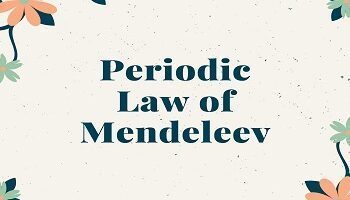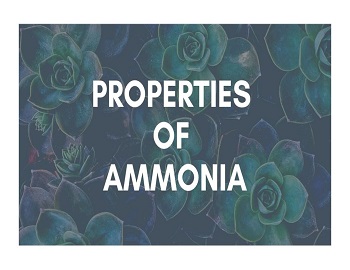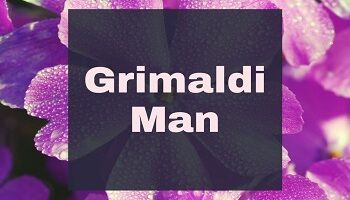Table of Contents
Emulsions and Micelles:
What is Emulsions?
An emulsion is a colloidal sol in which both dispersed phase and dispersion medium are present in a liquid phase. Emulsions are generally of two types-
- Oil in water type emulsions- In this type of emulsions, oil is the dispersed phase and water is the dispersion medium. Example- milk, vanishing cream etc.
- Water in oil type emulsions- In this type of emulsions, water is the dispersed phase and oil is the dispersion medium. Example- butter, cold cream, cod-liver oil etc.
Preparation of Emulsions:
The process of preparing an emulsion is known as emulsification which is carried out by vigorously shaking the mixture of two liquids. But the emulsion thus obtained is unstable because on allowing to stand for some time the dispersed liquid droplets unite together and thus emulsion separate into two liquid layers. In order to get a stable emulsion, a small amount of a third substance called an Emulsifier or Emulsifying agent is added to it. Generally, an emulsifier is a long chain compound having polar groups. For example- soap acts as a very good emulsifier which consists of a long chain of hydrocarbons (non-polar part) and polar part of a metallic atom as well as an ester group. The emulsifier forms a thin film around every droplet of the dispersed phase thereby preventing the aggregation of droplets and hence separation into two layers. It has been found that alkali metal soaps, gelatin, proteins, gum etc. are good emulsifiers for oil in water type emulsions whereas Alkaline earth metal soaps (example- Ca and Mg oleates), long-chain alcohols etc. are good emulsifiers for water in oil type of emulsions.
Properties of Emulsions:
- The unstabilized emulsions, i.e., those containing no emulsifying agent resemble lyophobic sols. The droplets are usually negatively charged and can be readily coagulated by electrolytes. The effective coagulant being the cation of the electrolyte. In these unstabilized emulsions, the concentration of the dispersed phase can never be high. Therefore, the unstabilized emulsions are also known as dilute emulsions.
- The stabilized emulsions, on the other hand, resemble lyophilic sols and acquire the properties of a stable sol. Such emulsions can be of comparatively higher concentrations, have high viscosity, are not readily precipitated by an electrolyte so long as it does not react chemically with the emulsifier. An excess of electrolyte, however, may salt out the stabilizing agent, making the emulsion unstable.
- Emulsions exhibit all the properties like the Tyndall effect, Brownian movement, Electrophoresis, Coagulation on the addition of electrolytes (containing multivalent positive ions, as the dispersed particles, i.e. globules are usually negatively charged) as shown by colloidal sols.
Harmful Effects of Emulsions:
The formation of emulsions is sometimes harmful. For example- petroleum forms emulsion with water. Thus in the petroleum wells, we get the emulsion sometimes instead of petroleum alone. Likewise, in the areas where small amounts of petroleum are present, the well water becomes unfit for use.
Micelles:
There are certain substances like soaps and detergents which behave as normal electrolytes at low concentration and as colloids at high concentration and are known as “Associated Colloids“. The colloidal behaviour of these substances is due to the formation of aggregates or clusters in solution known as Micelles. A micelle is defined as the cluster (aggregated particle) formed by associated colloids in solution”. Micelles are formed only above certain minimum concentrations known as “Critical Micelle Concentration (CMC)” and it is different for different micelle systems. The molecules of associated colloids have Lyophilic as well as Lyophobic ends. Due to their dual character, they are known as Surface active molecules. Sodium oleate (C17H33COO– Na+, a soap) is an example of such a molecule in which oleate radical (C17H33) is lyophobic and (COO–) is a lyophilic end. When the concentration of the solution is below its Critical Micelle Concentration (3 X 10-3 moles/litre), it behaves like a normal electrolyte and ionises to Na+ and C17H33COO– ions. As the concentration exceeds CMC, the lyophobic part starts receding away from the solvent and they approach each other. The lyophilic part (COO–) interact with the solvent. This leads to the formation of the cluster having colloidal dimensions in which a large number of (100 or more) oleate groups are joined together in a spherical manner forming micelles. The lyophobic interior (long hydrocarbon chain) of micelles can dissolve matter like fat, oil etc. While water-soluble part (COO–, OSO3– etc.) make a lyophilic surface around this interior making the entire micelle water-soluble. Due to their solubilising capacity, micelles are used as Drug carriers, cleansers in petroleum recovery and for the synthesis of organic compounds.









Comments (No)